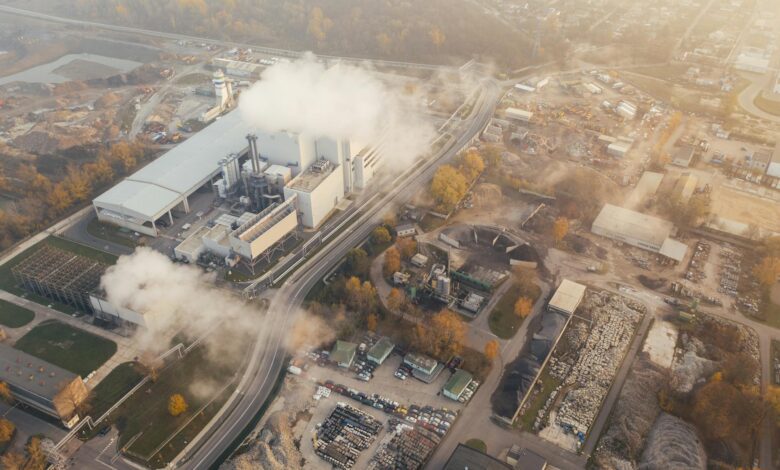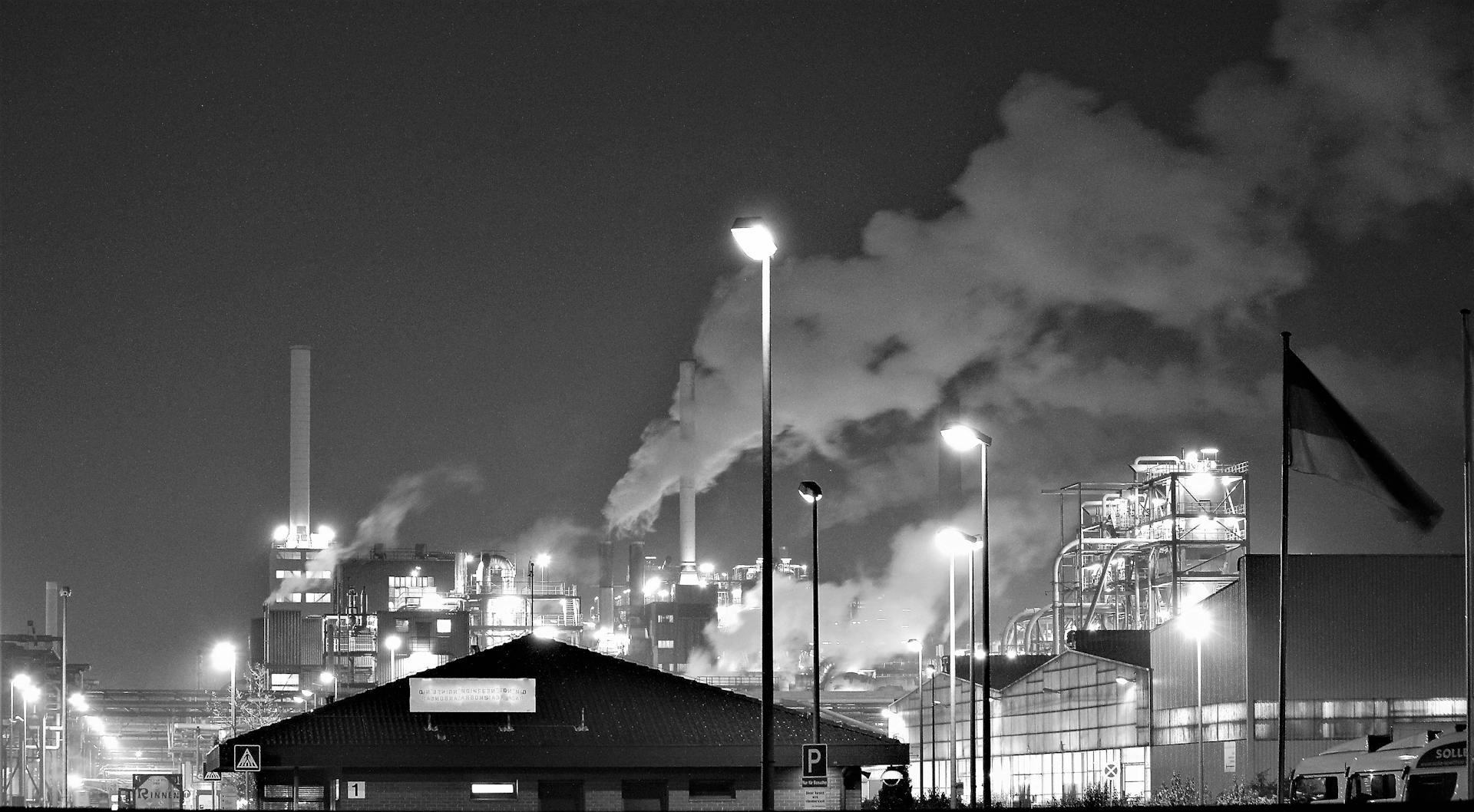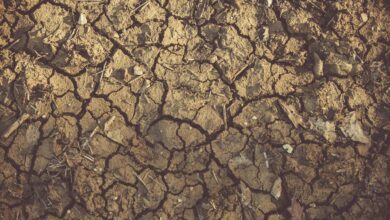What Causes Air Pollution and How to Combat It

Air pollution is a complex phenomenon, arising from a multitude of sources, both natural and anthropogenic. While some contributors are inherent to the Earth’s processes, a significant portion of air pollution stems from human activities, driven by industrialization, urbanization, and unsustainable practices. Recognizing and addressing these causes is the first step towards creating a cleaner, healthier environment for all.
In this comprehensive article, we will unveil the culprits behind air pollution, examining their origins and implications. Additionally, we will explore practical solutions, including government regulations, individual actions, and innovative technologies, that can help combat this pressing issue and pave the way for a more sustainable future.
Understanding the causes
To effectively tackle air pollution, it is crucial to comprehend the diverse factors contributing to its prevalence. These causes can be broadly categorized into natural and human-induced sources, each playing a distinct role in the degradation of air quality.
Natural causes of air pollution
Nature itself can be a source of air pollution, albeit to a lesser extent compared to human activities. Some natural phenomena that contribute to air pollution include:
- Volcanic eruptions: The release of gases and particulate matter from volcanic eruptions can significantly impact air quality, particularly in the immediate vicinity of the eruption.
- Wildfires: Uncontrolled wildfires, whether caused by natural or human-induced factors, emit vast amounts of smoke and particulates into the atmosphere, leading to poor air quality.
- Dust storms: In arid and semi-arid regions, strong winds can pick up and disperse large quantities of dust particles, contributing to air pollution.
- Biogenic emissions: Certain plants and trees release volatile organic compounds (VOCs) and other gases, which can react with other pollutants in the atmosphere, forming secondary pollutants.
While natural sources of air pollution are unavoidable, their impact is often localized and temporary. However, human activities have significantly amplified the problem, leading to widespread and persistent air pollution.
Human activities and their contribution to air pollution
The primary drivers of air pollution can be attributed to various human activities, ranging from industrial operations to transportation and agricultural practices. These activities have become increasingly prevalent as a result of rapid urbanization, population growth, and economic development.
Industrial pollution and its impact on air quality
Industries, particularly those involved in manufacturing, power generation, and resource extraction, are major contributors to air pollution. The burning of fossil fuels, such as coal and oil, releases numerous pollutants, including:
- Particulate matter (PM): Microscopic solid or liquid particles, such as soot, dust, and smoke, can penetrate deep into the respiratory system, causing respiratory issues and exacerbating existing conditions like asthma and bronchitis.
- Sulfur dioxide (SO₂): Primarily emitted from the combustion of fossil fuels containing sulfur compounds, sulfur dioxide can lead to the formation of acid rain and contribute to respiratory problems.
- Nitrogen oxides (NOx): Produced during high-temperature combustion processes, nitrogen oxides play a role in the formation of ground-level ozone and can irritate the respiratory system.
- Volatile organic compounds (VOCs): These carbon-based compounds, emitted from various industrial processes and the use of solvents, can react with other pollutants to form ground-level ozone and contribute to the formation of smog.
To mitigate industrial pollution, stricter emission standards, the adoption of cleaner technologies, and the transition towards renewable energy sources are crucial steps that must be taken.
Also read: The Impact of Water Pollution on the Environment and Human Health
The role of transportation in air pollution

The transportation sector, including vehicles, ships, and aircraft, is a significant contributor to air pollution, particularly in urban areas. The combustion of fossil fuels in internal combustion engines releases a variety of pollutants, such as:
- Carbon monoxide (CO): A colorless, odorless gas produced by incomplete combustion, carbon monoxide can be harmful to human health, especially at high concentrations.
- Nitrogen oxides (NOx): As mentioned earlier, these compounds contribute to the formation of ground-level ozone and can cause respiratory issues.
- Particulate matter (PM): Emitted from diesel engines and tire wear, particulate matter can penetrate deep into the lungs and cause respiratory problems.
- Hydrocarbons: Unburned or partially burned fuel can contribute to the formation of ground-level ozone and smog.
To address transportation-related air pollution, governments and industries are promoting the adoption of cleaner vehicles, such as electric and hybrid models, as well as investing in public transportation infrastructure and encouraging active modes of transportation like walking and cycling.
Agricultural practices and their effect on air quality
While often overlooked, agricultural activities can also contribute to air pollution. Some of the major sources include:
- Livestock farming: The decomposition of manure and the digestive processes of livestock, such as cows and sheep, release methane, a potent greenhouse gas, and ammonia, which can contribute to the formation of particulate matter.
- Crop burning: The practice of burning crop residues after harvest releases particulate matter, carbon monoxide, and other pollutants into the atmosphere.
- Fertilizer application: The excessive use of fertilizers can lead to the release of ammonia and nitrous oxide, both of which contribute to air pollution and climate change.
To address these issues, sustainable agricultural practices, such as precision farming, crop rotation, and the implementation of manure management systems, can help reduce air pollution from agricultural sources.
Combating air pollution: Government regulations and policies
Governments play a crucial role in combating air pollution through the implementation of regulations and policies aimed at reducing emissions and promoting cleaner practices. Some effective strategies include:
- Emission standards: Establishing and enforcing strict emission limits for industries, power plants, and vehicles can significantly reduce the release of pollutants into the air.
- Renewable energy incentives: Providing financial incentives and subsidies for the development and adoption of renewable energy sources, such as solar, wind, and hydroelectric power, can help reduce reliance on fossil fuels and lower emissions.
- Vehicle emission testing: Implementing mandatory vehicle emission testing programs can help identify and remove high-emitting vehicles from the road, reducing transportation-related air pollution.
- Urban planning and transportation policies: Promoting sustainable urban planning, investing in public transportation infrastructure, and encouraging active modes of transportation like walking and cycling can help reduce emissions from private vehicles.
- Air quality monitoring and enforcement: Establishing robust air quality monitoring systems and enforcing regulations through fines and penalties can incentivize industries and individuals to comply with emission standards.
- International cooperation: Air pollution is a global issue that requires international cooperation and coordination. Participating in international agreements and collaborating with other nations can help address transboundary air pollution and promote sustainable practices worldwide.
By implementing these regulations and policies, governments can play a vital role in improving air quality and protecting public health while also promoting sustainable economic development.
Also read: The Hidden Danger: Exploring the Impact of Radioactive Pollution
Individual actions to reduce air pollution
While government regulations and policies are essential, individual actions can also contribute significantly to reducing air pollution. Every person can make a difference by adopting sustainable practices and making conscious choices in their daily lives. Here are some effective individual actions:
- Reduce energy consumption: Conserving energy by turning off lights and electronics when not in use, adjusting thermostats, and using energy-efficient appliances can lower the demand for electricity generated from fossil fuels.
- Opt for public transportation or active modes of travel: Choosing public transportation, carpooling, walking, or cycling instead of driving can significantly reduce emissions from personal vehicles.
- Support sustainable businesses: Patronize businesses that prioritize eco-friendly practices, such as using renewable energy sources, implementing waste reduction strategies, and promoting sustainable products and services.
- Reduce, reuse, and recycle: Adopting a mindset of reducing waste, reusing items whenever possible, and properly recycling materials can minimize the environmental impact of production and disposal processes.
- Plant trees and support green spaces: Trees and vegetation act as natural air filters, absorbing pollutants and releasing oxygen. Planting trees and supporting urban green spaces can help improve air quality in local communities.
- Educate and raise awareness: Spreading awareness about the causes and impacts of air pollution, as well as sharing sustainable practices, can inspire others to take action and contribute to a cleaner environment.
By collectively embracing these individual actions, we can create a ripple effect that amplifies the impact of our efforts and paves the way for a more sustainable future.
The future of air pollution control
As we move forward, addressing air pollution will require a multifaceted approach that combines technological advancements, policy reforms, and a shift in societal mindsets. Some promising developments and initiatives include:
- Clean energy technologies: The continued development and adoption of renewable energy sources, such as solar, wind, and hydrogen fuel cells, can significantly reduce emissions from power generation and transportation.
- Carbon capture and storage (CCS): Technologies that capture and store carbon dioxide emissions from industrial processes and power plants can help mitigate the release of greenhouse gases into the atmosphere.
- Electric and hybrid vehicles: The widespread adoption of electric and hybrid vehicles, supported by the development of charging infrastructure and incentives, can significantly reduce transportation-related emissions.
- Sustainable urban planning: Designing and implementing sustainable urban planning strategies that prioritize green spaces, efficient public transportation systems, and walkable communities can contribute to improved air quality in cities.
- Precision agriculture: The use of precision agriculture techniques, such as targeted fertilizer application and precision irrigation, can help reduce emissions from agricultural practices while improving crop yields.
- Public awareness and education campaigns: Ongoing efforts to raise public awareness about the causes, impacts, and solutions to air pollution can empower individuals to make informed choices and contribute to a cleaner environment.
By embracing these innovative approaches and fostering collaboration among governments, industries, and individuals, we can pave the way for a future where clean air is a reality for all.
Conclusion
Air pollution is a complex and multifaceted issue that demands immediate attention and collective action. By understanding the diverse causes, ranging from industrial activities to transportation and agricultural practices, we can develop targeted strategies to mitigate its detrimental effects.
Governments play a pivotal role in combating air pollution through the implementation of regulations, incentives, and policies that promote sustainable practices and encourage the adoption of cleaner technologies. However, individual actions are equally crucial, as every person has the power to make conscious choices that contribute to a cleaner environment.
As we look towards the future, embracing innovative technologies, sustainable urban planning, and precision agriculture techniques will be essential in achieving long-term air quality improvements. Additionally, raising public awareness and fostering a collective mindset of environmental stewardship will empower individuals to make informed decisions and contribute to a healthier planet.
Join the movement to combat air pollution by making sustainable choices in your daily life. Start small by reducing energy consumption, opting for public transportation or active modes of travel, and supporting eco-friendly businesses. Every action, no matter how small, can make a significant difference in creating a cleaner, healthier environment for all. Together, we can unveil the culprits behind air pollution and pave the way for a brighter, more sustainable future.




